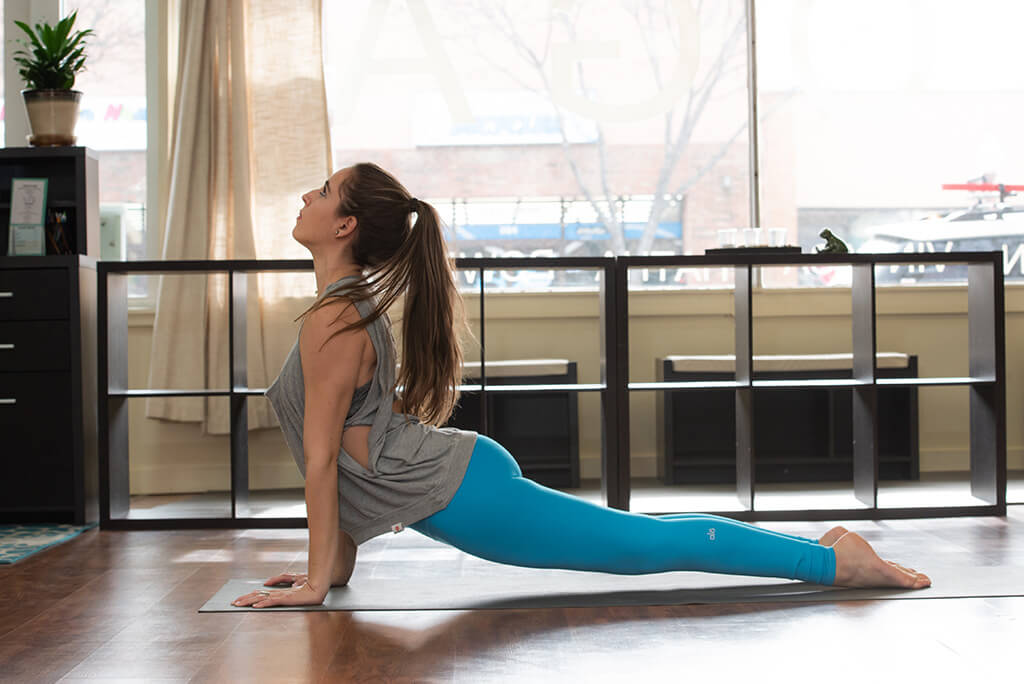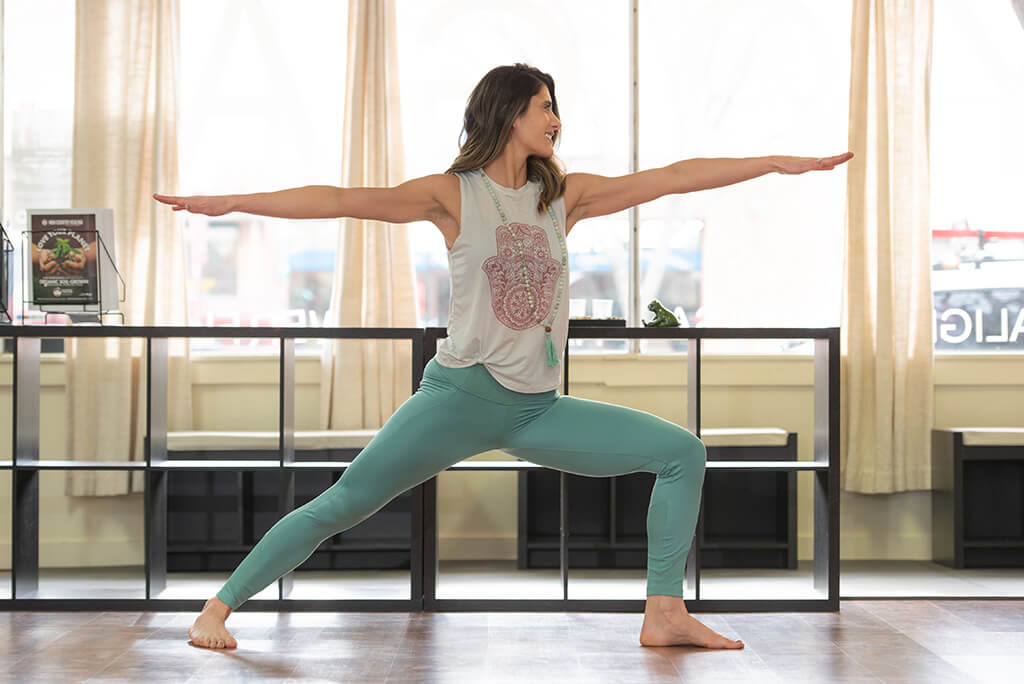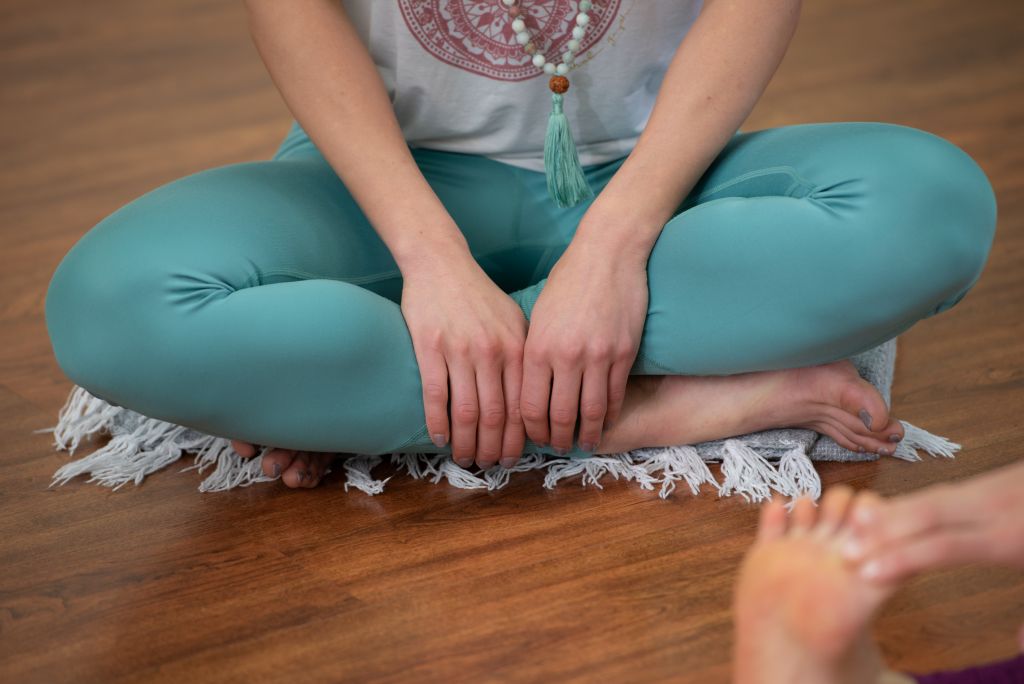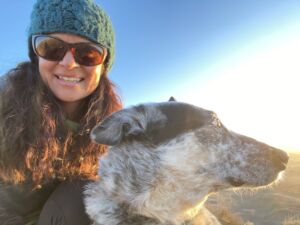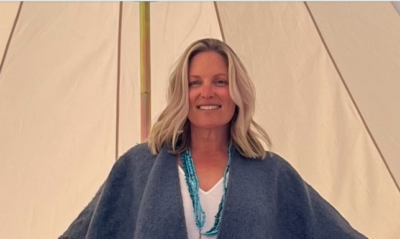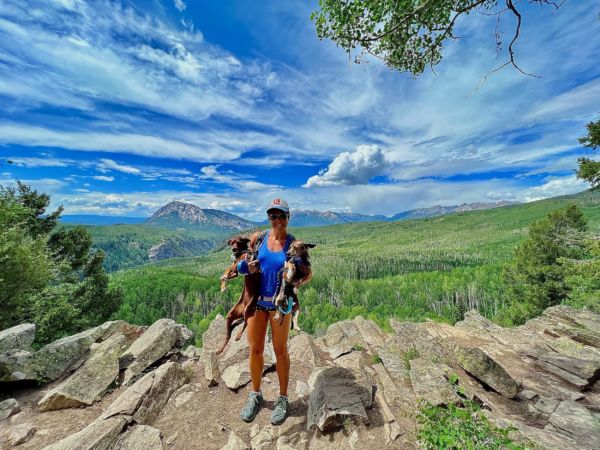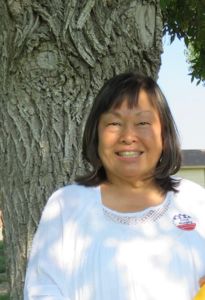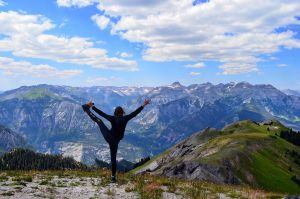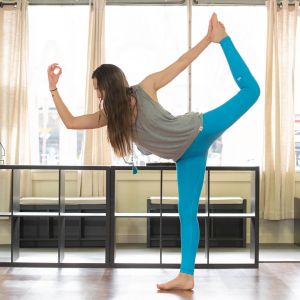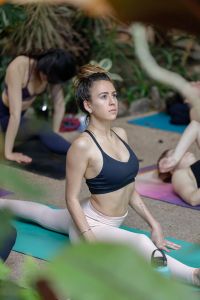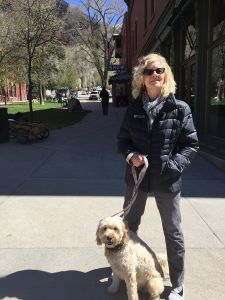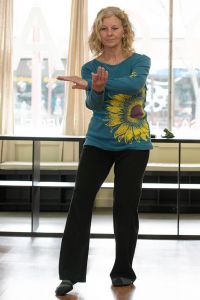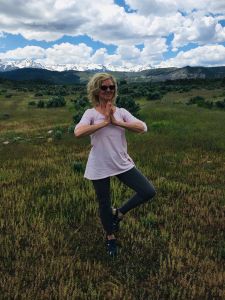10 Common Yoga Terms
Ever go to a yoga class and hear an instructor use a word ending with “ayama” or “asana” and wonder what it means? Since yoga’s roots trace back to ancient India, many of the postures and principles of the practice were originally named in the Sanskrit language. Sanskrit is a classical language of India and is one of the oldest known languages in the world. It can be intimidating to hear instructors use unfamiliar terms or speak in a different language in a yoga class. Here are 10 common Sanskrit terms you might hear in a yoga class and what they mean!
Asana
Asana is a Sanskrit word that literally translated means “to sit” but has evolved to simply mean “posture” or “pose” and you’ll often hear it used at the end of the name of a pose. For example, trikonasana means “triangle-pose” or tadasana means “mountain-pose.”
Vinyasa
Vinyasa means “to place in a certain or specific way” and refers to smooth transitions between postures and movements in a yoga class. Vinyasa yoga is a style of practice that creates dynamic and logical connections between postures often referred to as a “flow” or Sun Salutation, which follows a specific sequence of movements from standing mountain to downward facing dog. When you start to notice patterns of movement and repeated sequences in a yoga practice, you’re probably flowing through a vinyasa!
Chaturanga Dandasana
Chaturanga Dandasana, sometimes known as “the yoga push up” and often shortened to simply chaturanga, comes from four different Sanskrit words:
Chatur – Four
Anga – Limb
Dand – Staff
Asana (you know this one!) – Pose
Translated into English, Chaturanga Dandasana is the descriptive name, “Four Limb Staff Pose.” When you hear an instructor say Chaturanga, it usually refers to flowing through a short sequence of four poses: plank, low push up, upward facing dog to downward facing dog.
Pranayama
Prana means ‘life force’ or ‘breath’ and ayama means ‘control’ or ‘restraint.’ Together, pranayama is considered “control of the breath” and practiced as a variety of yogic breathing techniques or exercises. Pranayama or breath-work is a foundational aspect of every yoga practice.
Ujjayi Pranayama
Ujjayi means “victorious” and ujjayi pranayama is a type of breath used throughout a vinyasa yoga practice to link breath to movement. Ujjayi is sometimes called “ocean breath” because it sounds like ocean waves in the back of your throat as you breathe. It is an audible breath, in and out through the nose with the lips sealed.
Bandha
Bandha, in English, means “bind” or “lock.” Bandhas are used to regulate the flow of energy in the body and support safe alignment. There are four bandhas used in a yoga practice you may hear an instructor cue:
Mula Bandha – “Root-Lock” which is engaged at the pelvic floor.
Uddiyana Bandha – “Rising-Lock” which refers to drawing abdominal muscles inward while lifting the chest
Jalandhara Bandha – “Throat Flow-Lock” which is performed by tucking the chin and turning it slightly downward to lengthen the back of the neck.
Maha Bandha – “Great Lock” which is engaged when all three of the previously described bandhas are performed at the same time.
Drishti
Drishti is translated as “sight” and can refer to internal or external gaze or focus. When an instructor asks you to set your drishti, they are asking you to set your focus. Drishti is often used in meditation to aid in concentration and during balance postures to steady the gaze.
Mudra
Mudra means “seal” and is practiced as a variety of hand and finger gestures to aid in meditation. One of the most commonly practiced mudras is the anjalai mudra in which hands are brought together at the heart center in prayer position. The word anjali means “to offer” or “to salute” and is often used as a greeting or to close a yoga practice.
Chakras
In Sanskrit, Chakra means “wheel.” The seven chakras are considered wheels of energy in the body that flow from the root chakra at the base of the spine to the crown chakra at the top of the head. The chakras each have a different location, meaning, color and even a different tonal sound associated with them. To learn more about the chakras, check out Elie’s mini-workshops on the second Wednesday of each month beginning with the root chakra at 6:30p.m. on February 12th.
Namaste
Namaste is a common greeting in Hindu culture that can be used to say both “hello” and “goodbye” similar to how “aloha” is used in Hawaii. The Sanskrit word “nama” means “bow” and “te” means “to you,” together namaste is translated as the salutation, “I bow to you.” Yoga instructors may use namaste at the end of a class to recognize the light or soul in each of us by saying, “the light in me honors the light in you.”
If you ever hear an instructor use a yogic term that’s new to you in a class, don’t hesitate to ask about what it means and how it’s translated. At Yoga House we want to make sure the practice is accessible while honoring the original yogic traditions. Learning about the original language and meaning can offer new insights to deepen your practice.
Namaste.
Reference: Yogapedic.com
